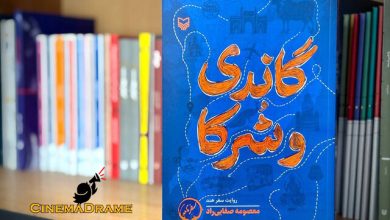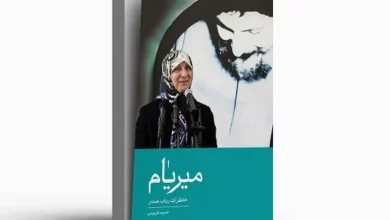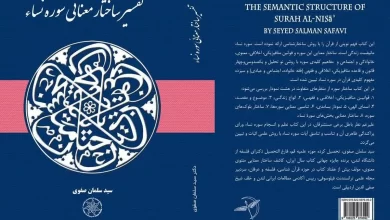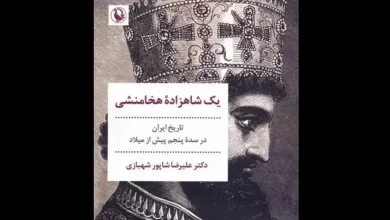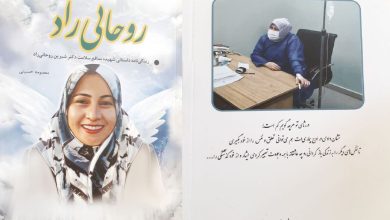The book “The Same Color as the Crowd” by Alberto Moravia
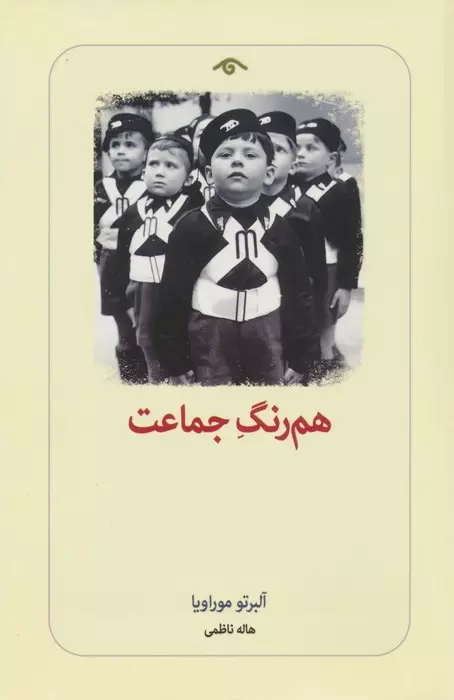
The book “The Same Color as the Crowd” (Italian: Il Conformista) is written by Alberto Moravia and translated into Persian by Haleh Nazemi. It has been published by Didavar.
About the Book:
“The Same Color as the Crowd” is a contemporary Italian novel that carefully examines institutions that work well and the actions they take to prevent conformity and encourage dissent. Dissent, in turn, can be a crucial corrective force, and many groups and institutions possess this characteristic to some extent. The novel is multi-layered and covers a honeymoon journey in Paris, a government-related murder, the life of a man, and a description of an era and society. With a closer look, it reveals the essence of the relationship between the individual and society, focusing on the desire to conform and fit in. According to Moravia, the hero of our time (unlike past centuries) is the one who wishes to blend in, to be part of the crowd.
In the book’s introduction, it’s noted that the narrative portrays both the individual’s moral outlook and the broader social context of conformity. Moravia’s theme is central to the novel, revolving around human interaction with society and presenting a relaxing yet profound narrative that blends form and content into art.
Recommended for:
This book is recommended for readers interested in contemporary Italian literature, as well as those drawn to the themes of societal conformity, individualism, and the complexities of human nature.
About Alberto Moravia:
Alberto Moravia (1907–1990) was a prominent Italian writer, known for his exploration of themes such as gender, alienation, and existentialism. His most famous work is The Conformist (1947), a novel that critiques fascism. Other notable works include The Indifferent (1929), The Woman of Rome (1947), Contempt (1954), and Two Women (1957).
A Passage from the Book:
“Once the train started moving, Marcello left the window where he had been standing to talk, or rather to listen to his mother-in-law’s conversation, and returned to his compartment. However, Giulia remained at the window. From inside the compartment, Marcello could see her leaning forward in the hallway, waving her handkerchief with such enthusiasm that the common, sentimental gesture seemed almost pitiful. He thought that Giulia would remain there until she saw her mother on the platform, waving the handkerchief. For her, looking away from her mother signified a definitive break from her girlhood life. This separation, filled with both fear and hope, was painfully palpable as the train departed, leaving her mother behind on the platform. Marcello watched his wife for a moment longer, standing by the window in a light dress, and the movement of her hand caused the fabric of her dress to crease over her body’s contours. He then settled back into his seat and closed his eyes. After a few minutes, when he opened his eyes again, his wife was no longer in the hallway, and the train had moved into the open countryside. The dry, barren plains under the green sky, with the setting sun casting its glow over them, had a calming effect on him. The occasional hills appeared on the horizon, and between them, valleys emerged, leaving one stunned by their emptiness, devoid of human habitation. The sight of ruined brick buildings on the hillsides deepened the feeling of isolation. Marcello thought to himself, ‘It’s a peaceful scene, one that invites thought and daydreaming.’”

